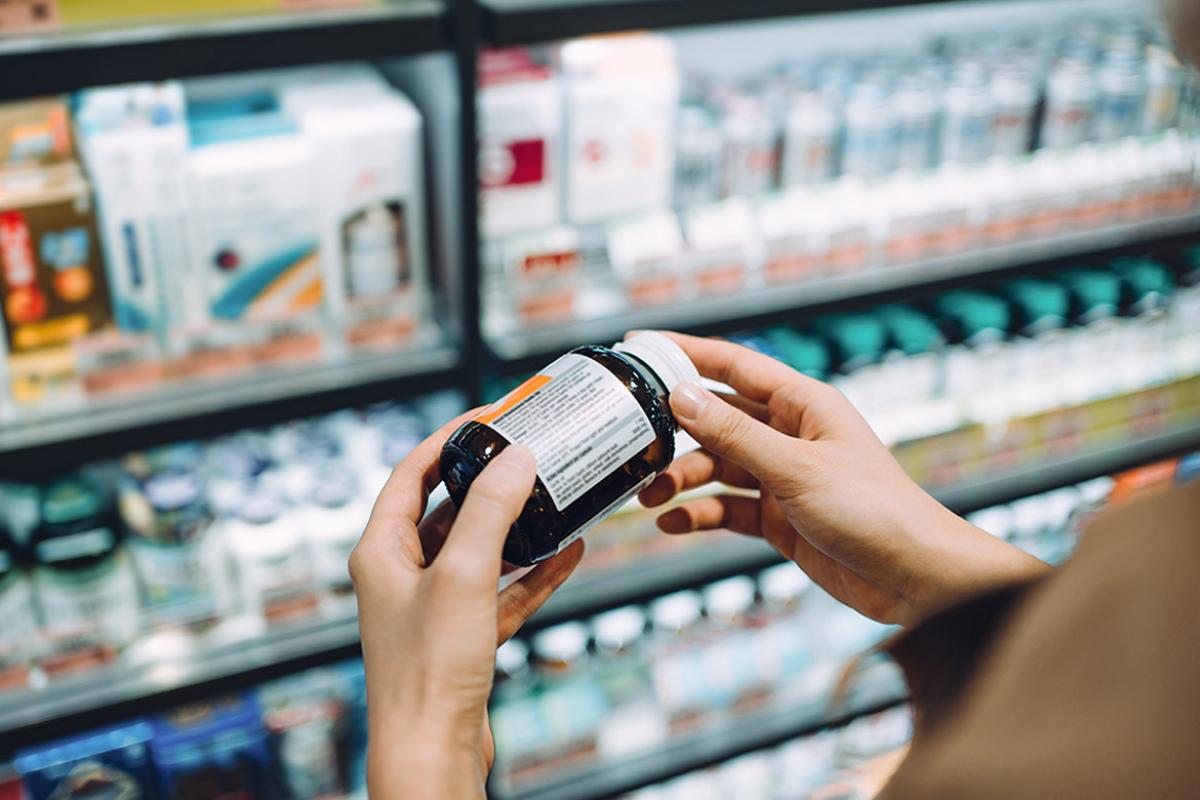Legal loopholes have long been recognized in the 510(k) premarket clearance process which applies to blood pressure measurement devices. These loopholes can lead to devices with poor or unknown accuracy being widely available for use in the clinic setting for professional devices or at home with self-measured blood pressure devices.
Potential inaccuracies can influence clinical outcomes, epidemiology and research, and contribute to failures to implement hypertension guidelines, according to a recent peer-reviewed paper. But how do inaccurate BP devices get on shelves?
A recent paper explores the topic and was published in the Journal of Hypertension. The paper was written by members of the Lancet Commission on Hypertension Group, which includes AMA Vice President of Health Outcomes Michael Rakotz, MD, and Gregory Wozniak, PhD, director of outcomes analytics in Improving Health Outcomes at the AMA.
“Inaccurate BP devices are widely available for sale and use by clinicians and the general public who are unaware of the problem,” says the paper. This can lead to incorrect diagnosis and treatment decisions, as well as lost opportunity for “best-practice clinical care and increase of the efficacy of cardiovascular disease prevention.”
The global marketplace continues to be flooded with BP devices that are either known to be inaccurate or are of unknown accuracy. Here are 11 regulatory and validation problems that send potentially inaccurate BP devices to pharmacy shelves.
No mandatory standard for assessment. It is not required for manufacturers to use a specific standard to assess BP device accuracy. As a result, varying methods are used.
Validation testing is not mandatory. There is no requirement for validation testing to be performed by independent parties. This results in internal company testing performed with questionable expertise by people who may have a conflict of interest.
Deviation from established protocols. The paper notes that several published validation studies for blood-pressure devices deviated from established protocols. When this happens, there are questionable results and unjustified conclusions for evaluating BP monitors in studies.
Passed regulatory requirements, not validation. Several devices have passed regulatory requirements for sale but have failed to demonstrate independent validation of measurement accuracy. This results in “erroneous messaging with respect to the accuracy of individual BP devices,” says the paper.
Inaccurate readings for different arm sizes. Some devices are still used when they fail to produce accurate readings in people with large or small arms. For those with small or large arms, this can lead to inaccurate BP evaluation and diagnosis of hypertension.
Cleared by regulatory authorities, commercially available. The assumption is that if the device is cleared by regulatory authorities and is commercially available, then it is accurate. This isn’t the case for all devices. It leads to confusion about which BP device has acceptable accuracy and is appropriate to purchase.
Focus on safety not accuracy. Some regulatory requirements focus on BP device safety and not accuracy. Most devices perform well in terms of safety for the user. However, that does not mean the device properly measures BP.
Results of failure may not be published. When BP devices fail in validation studies, the results may not be published. This leads to a “lack of widespread communication and transparency on the results of validation studies,” says the paper.
Exact BP device used in study unclear. Another problem is that the exact device used in the validation study is often unclear. When this occurs, it can lead to confusion about whether the BP device has undergone validation testing.
Unethical companies may sell unreliable home BP devices. Sometimes unethical companies will sell inexpensive home BP devices online with false validation credentials. When this happens, consumers might favor the purchase of these less expensive products. This can affect people in lower-income countries.
Consumer organizations don’t give due attention. The paper also notes that some consumer organizations do not give appropriate attention to BP device accuracy. This can result in inappropriate advice on the best blood pressure devices to use for the general public.
The AMA has developed online tools and resources created using the latest evidence-based information to support physicians to help manage their patients’ high BP. These resources are available to all physicians and health systems as part of Target: BP™, a national initiative co-led by the AMA and American Heart Association.
Target: BP offers annual, recurring gold-level recognition for all participating sites that achieve hypertension control rates of 70 percent or higher among their adult patient population, and participation level recognition for those sites that prioritize improving BP control each year and submit data. In 2019, nearly 1,200 organizations were recognized for their efforts focusing on BP control within the populations they serve.



